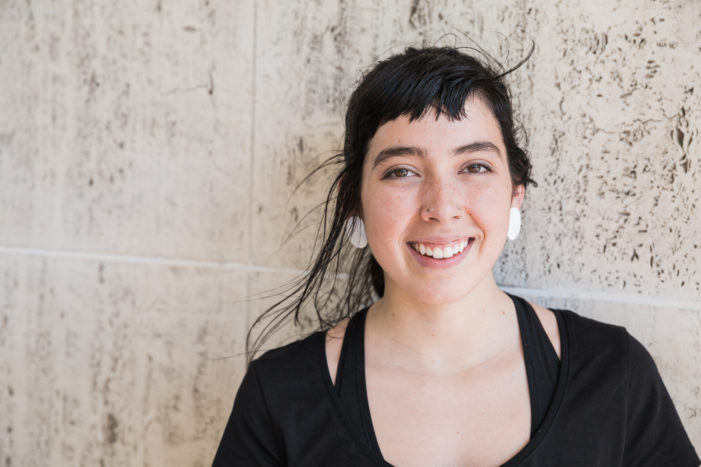“Wait,” I remember asking my mom as we drove under the bridge next to the Detroit Zoo, “So we’re a mixed race family?”
It took me 17 years to realize that from the outside, we were a family of blended colors, cultures, identities, and histories.

I am half Mexican and half white. My mother is of predominantly Irish, German and Polish heritage. My father is Mexican. My siblings inherited the darker skin, but I was born with fair skin, dark hair, almond eyes and the signature Frida brow. For most of my life I never looked too deeply into the blended traditions and cultures my family held, like sitting around the kitchen table Christmas Eve making 12 dozen tamales by hand. I took them for granted.
It wasn’t until my late teens that I started to realize who I was.
I am a mixed-race woman passing as a white woman.
I frequently get “WHAT ARE YOU? ARE YOU JAPANESE?” after people try — and subsequently butcher — my last name. When I explain my name is Mexican and I am half Mexican, I am frequently met with denial of my ethnicity. “Wow, you really don’t look like it,” or “You’re not really Mexican.”
I once went on a date with a man who used a slur for Mexicans in what he called a joke. When I told him his language was incredibly offensive, he excused his racial insensitivity by saying he would never use that word in front of a real Mexican, suggesting that because I am mixed-race I am not a “real Mexican.”
Just like Arianna Miyato is not really Japanese, according to the many. Miyato is the biracial Japanese beauty queen whose title was challenged because she did not look traditionally Japanese.
The struggle of mixed-race people is invalidation and denial from the different races they make up – too x for y, and too y for x.
Ariana Miyamoto was categorized as black because her skin was dark and, therefore, she did not have the right ethos to represent Japan as Miss Japan, some said.
When we pigeon hole people on what race they appear rather than as a blend of cultures, we erase their history and diversity and invalidate their opinions on racial issues.
As a Mexican- American woman who looks white, my commentary on issues facing the Mexican community is often ignored because I don’t appear to have the ethos.
Like an undercover agent, I hear what too many white people — like that man on the date — think of the Mexican part of my heritage. It’s “safe” to show bigotry because I’m not one of those “others” they deride.
The divisiveness in our communities plays itself out in the personal – them and us, our kind versus “the other.” When all any of us really want is to be acknowledged for all of who we are, what we bring to our relationships, community, and society as a whole through our diverse ethnic heritage.
Editor’s Note: This commentary is written by TheHUB freelance writer Isabella Hinjosa
Photos by Michelle & Chris Gerard


